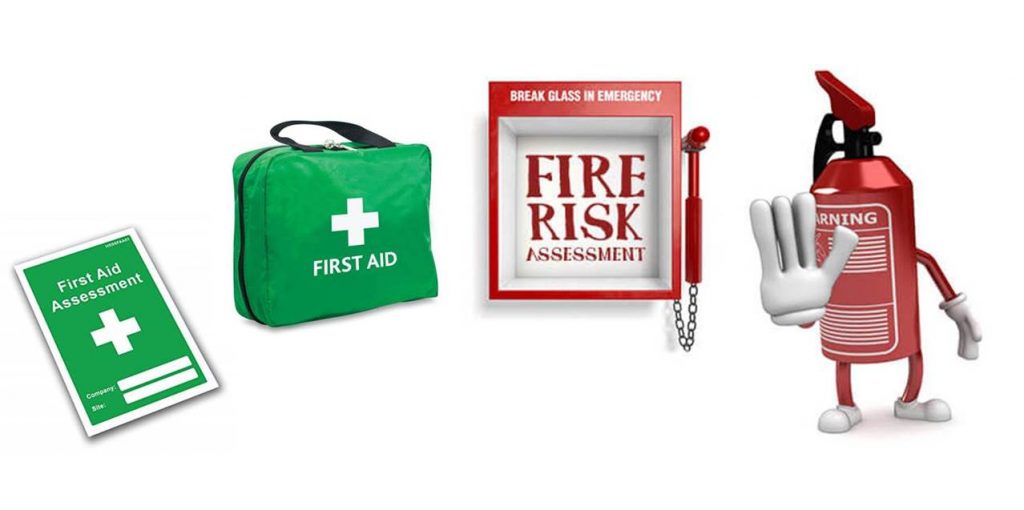Being safe at work is extremely important and the responsibility of both the employer and the employee. One of the most fundamental principles of workplace health and safety is risk assessments which identify all the hazards and potential harm whilst working. However, when running a small business, it can be easy to overlook the health & safety basics so to ensure you’re not caught off guard, follow our top 5 tips below:

1. Write a Health & Safety Policy (or statement of intent)

2. Conduct Relevant Risk Assessments
The two most important risk assessments to conduct within a business is a fire risk assessment of the area or building you occupy to ensure suitable means of detection, fire-fighting equipment and alarms are installed; and a first aid needs risk assessment to demonstrate to the HSE or the local authority that a company has considered the first aid needs of their workforce.

3. Trained Fire Marshals & First Aiders Onsite
It is a good idea to have several of your onsite staff trained up to be fire marshals and first aiders, who are then responsible for evacuating staff and visitors in the event of an emergency and be able to provide first aid should an incident or accident should occur.

4. Complete Portable Appliance Testing
To ensure all electrical equipment is safe for staff to operate, a portable appliance test should be carried out throughout the office, which a local electrician can check for you and label all equipment checked to confirm it is safe to use.

5. Complete A Display Screen Equipment Risk Assessment
A DSE risk assessment is essential to reduce the risk of staff working with computers experiencing repetitive strain injury or work related upper limb disorders at work. This will not only improve productivity but reduce the amount of sick days taken by your teams.

